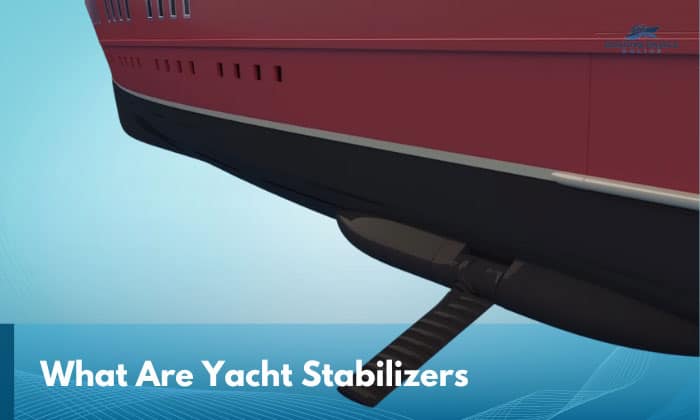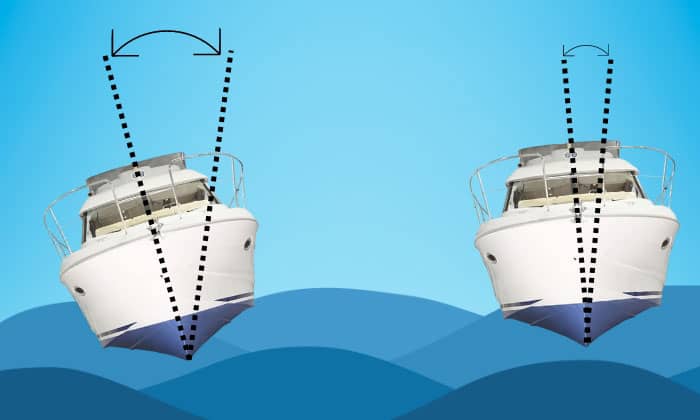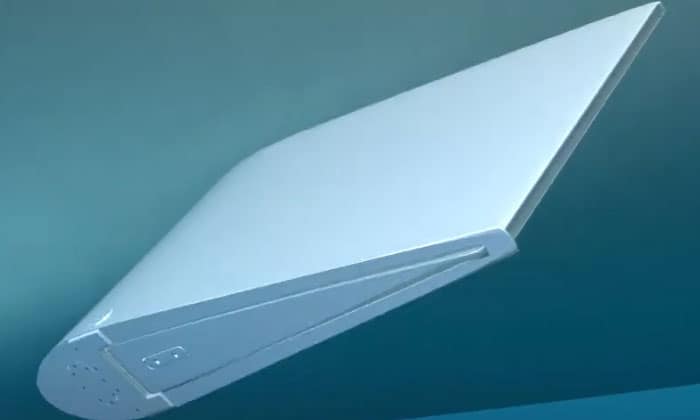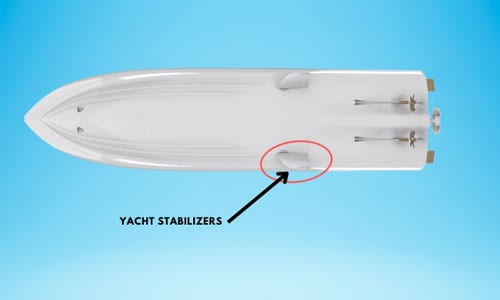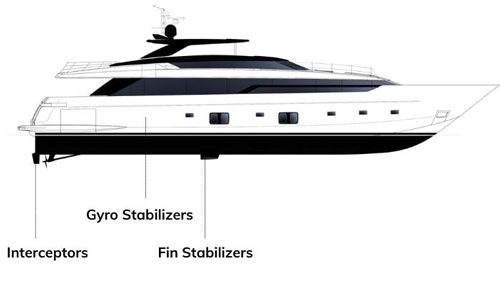Any yacht out there can wow you with one or more of its gizmos. In fact, I’ll be quite surprised to find out the answer to “What are yacht stabilizers?” doesn’t leave you a bit impressed by their capabilities.
Yacht stabilizers take care of the rolling motion experienced by these vessels when being hit by waves. They reduce the movement by creating resistance that nullifies it and, in turn, stabilizes the boat.
This needs a deeper explanation so read on.
Table of Contents
Basic Understanding of Yacht Stabilizers
Regardless of whether you’re on an average yacht or superyacht, you would probably agree that you wouldn’t want to experience seasickness day in, day out while aboard it, right? Of course not!
That’s where yacht stabilizers come in. Basically, they keep yachts comfortable even when facing rough waves at sea. The continuous advancement in stabilizer technology has made them game-changing equipment, nearly as vital as engines themselves.
1. Definition of Yacht Stabilizers
Yacht stabilizers encompass the systems and mechanisms designed to ensure comfortable and safe ride for the yacht. Their primary function is to reduce or eliminate the unwanted motion that causes discomfort to passengers during strong waves.
There are different types of stabilizers on a yacht. Much like most boat stabilizers, they can be either active or passive.
The most commonly used types are fin stabilizers, gyroscopic stabilizers, interceptors, and Magnus Effect stabilizers. There are even systems that combine two or more stabilizers at once.
2. Features and Functions of Different Yacht Stabilizers
So how do yacht stabilizers work to reduce any unpleasant movement the vessel makes? Well, you have to be specific because each type works differently than the other, but all of them have the same end goal of keeping rolls and pitches at bay.
Here’s the gist of how each one works, so you can gain an overview of the typical features and functions of yacht stabilizers:
1. Fin Stabilizers
Resembling wings, fins protrude from the yacht’s hull are usually operated by servo-motors. Once triggered, they create the necessary lift and reduce rolling based on present sea conditions.
Fins vary in size and shape, some resembling aircraft winglets.
A good example of an innovative fin stabilizer is the Zero Speed™ stabilizer developed by Quantum. It provides additional stabilization, efficient lift generation and works even when the yacht is stationary or moving at low speeds.
2. Gyro Stabilizers
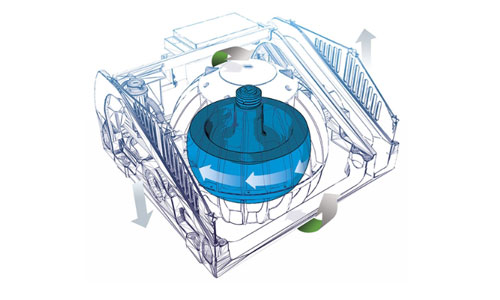
Gyro Stabilizers employ a spinning wheel that creates angular momentum responsible for nullifying any unwelcome yacht motion you may be experiencing.
Another plus is that they’re often highly compact, so most yachts have no problem including them. They also don’t require hydraulic systems to work as most models are electrically powered. For that reason, they’re one of the most commonly used out there.
This is a video worth watching if you want to know just how effective a gyro stabilizer is in a yacht.
3. Interceptors
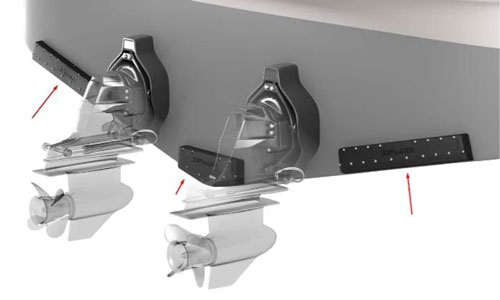
Interceptors look more like blades than wings. They’re usually positioned at the stern of the yacht, low enough to interact with the flow of the water underneath the vessel.
They generate lift as they do so, and you can even use them to adjust your position in order to gain better stability (like your average trim tab). This dual functionality makes interceptors equally popular and highly reliable.
4. Magnus Effect Rotating Roll Stabilizers
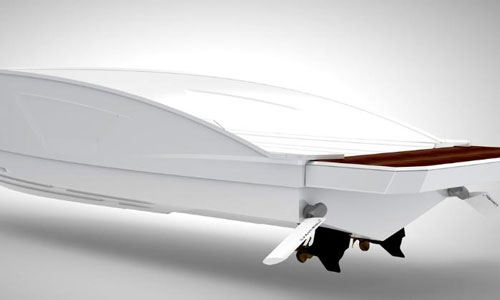
Some yacht builders don’t consider these as distinct types of stabilizers since the Magnus Effect is also used by a few stabilizers to boost their stability. However, there are no rotating roll varieties that use a rotating cylinder to generate the Magnus lift force, countering the boat’s rolling motion.
Typically installed on the side or bilge of the hull, the Magnus rotating roll stabilizer effectively reduces a ship’s rolling motion, particularly at slow to moderately slow speeds, as suggested by computer simulations.
5. Combination Systems
Stabilizer technologies can be combined to ensure optimal stability. For example, you can pair fin stabilizers and gyros to completely get rid of any rocking motion, especially if one mechanism alone isn’t enough. In some cases, all of these technologies can be installed together for enhanced stability.
Frequently Ask Question
Do All Yachts Have Stabilizers?
As a testament to their importance, most of the newer and future models always include them, especially since they bring undeniable benefits to everyone aboard.
Conclusion
After a thorough exploration of the topic, I trust that I have provided a comprehensive answer to your inquiry, “What are yacht stabilizers?”. Through the concise information presented in this article, we have gained valuable insights into the fascinating world of yacht stabilizers.
Yacht stabilizers are the products of ingenious engineering that provide precise opposing forces to counteract rolls and pitches in yachts, ensuring comfort and safety on the water.
As for the future, it’s highly unlikely that yachts will ever skip using these stabilizers, but instead, we can expect even more innovative solutions to enhance their effectiveness in the years to come.

“My intention from the first day establishing Boating Basics Online is to provide as much help as possible for boaters who want to experience a first safe and convenient trip. So feel free to join us and share your beautiful journeys to the sea!”

